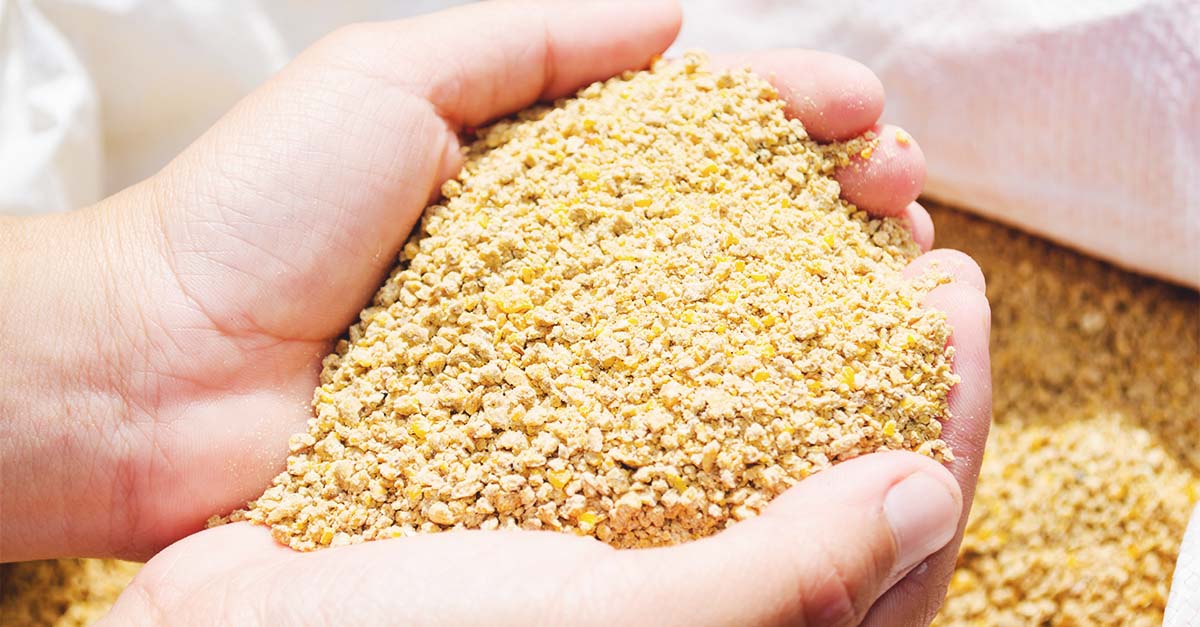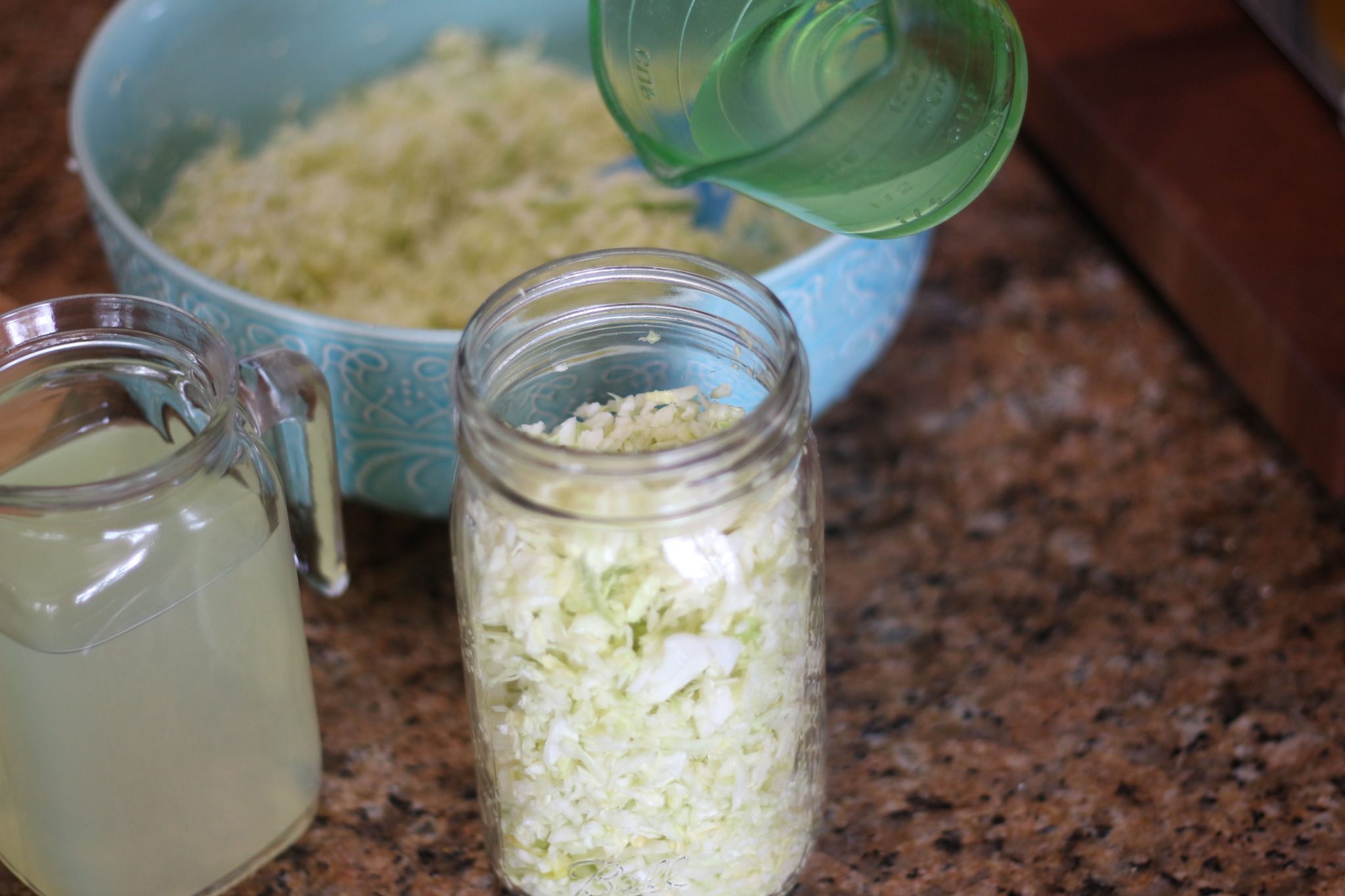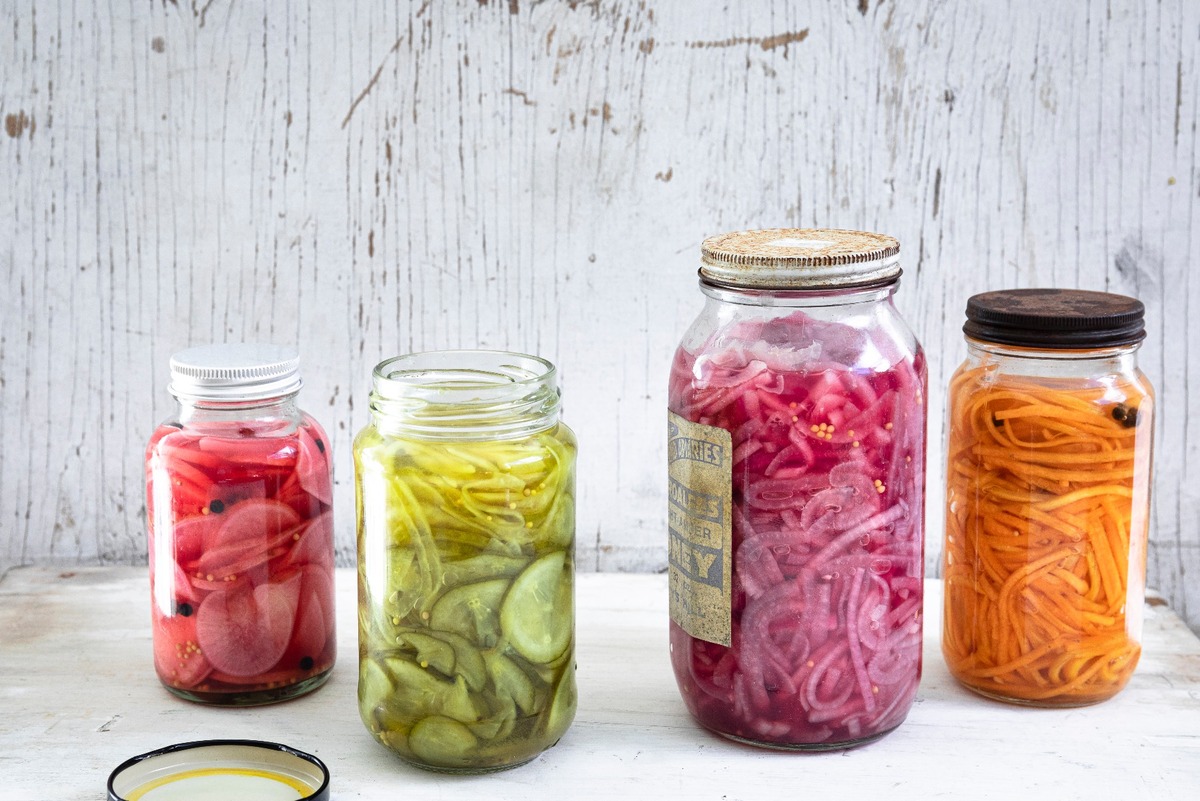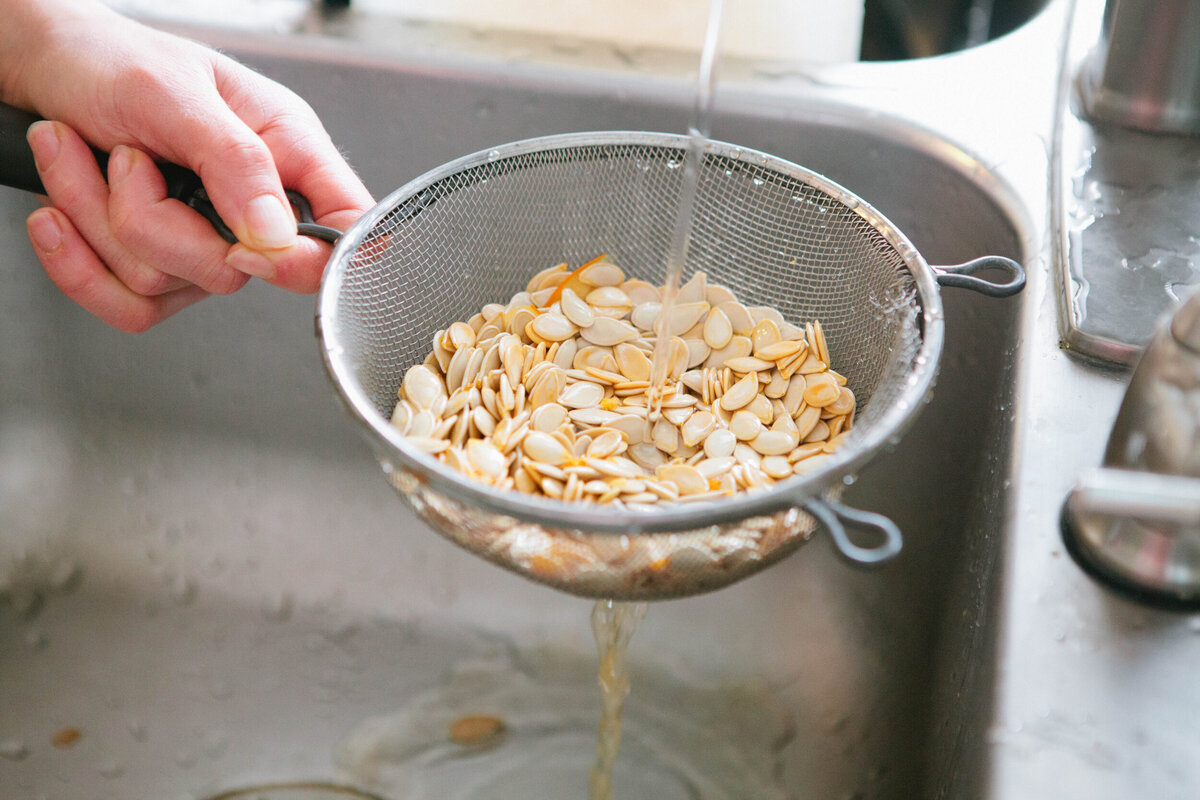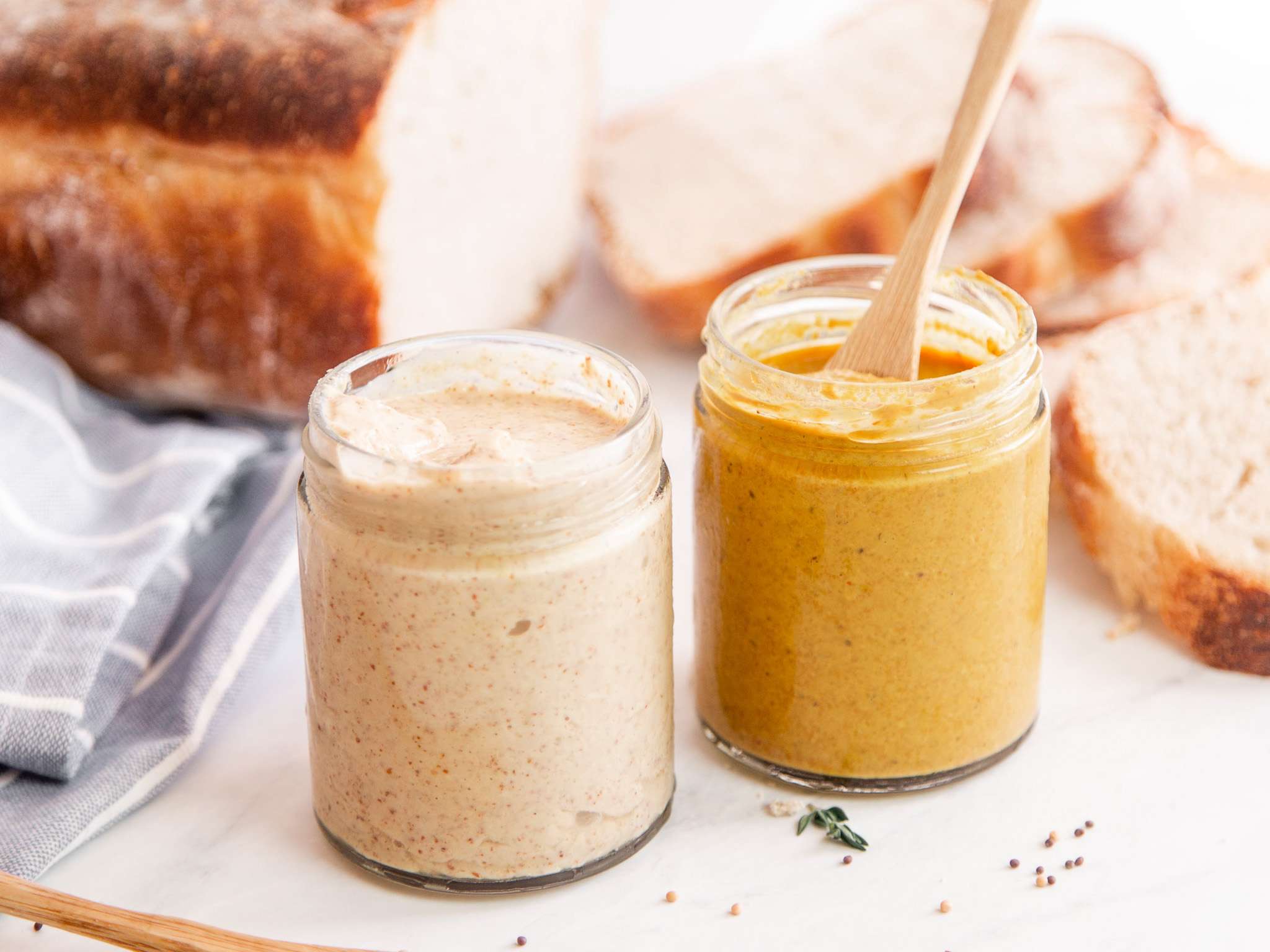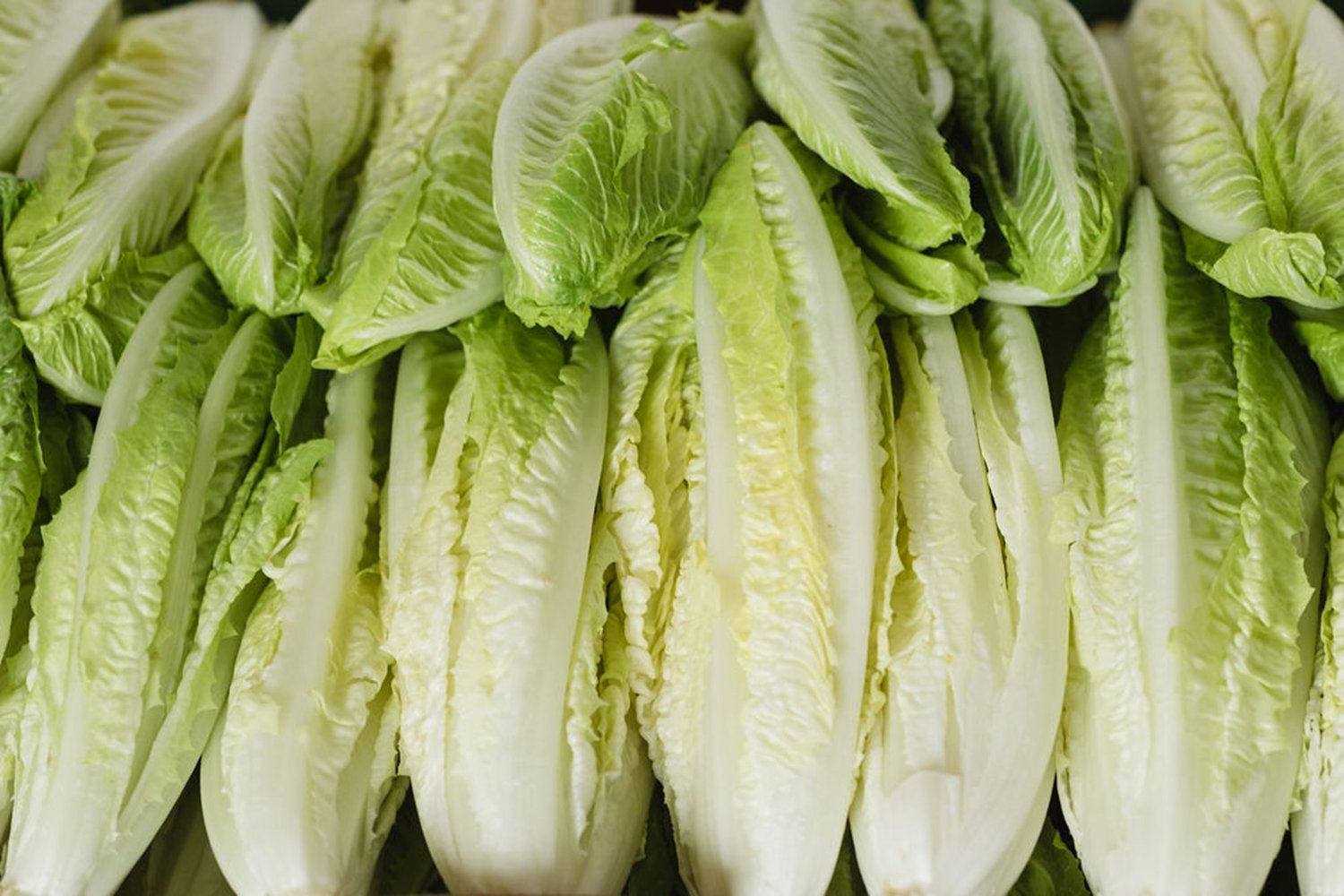What is Whey?
Whey is the liquid that separates from the curds when making cheese. It is a byproduct of the cheese-making process and is packed with nutrients and beneficial bacteria. Whey is rich in protein, vitamins, and minerals, making it a valuable ingredient in fermentation.
Why Ferment with Whey?
Using whey as a starter culture for fermentation can help kickstart the fermentation process and ensure the growth of beneficial bacteria. Whey contains lactobacillus bacteria, which are essential for the fermentation of various foods. Fermenting with whey can also help improve the shelf life and digestibility of the fermented foods.
How to Use Whey for Fermentation
Here’s a simple guide on how to ferment with whey:
- Collecting Whey: When making cheese, collect the liquid whey that separates from the curds. This liquid whey can be used for fermentation.
- Adding Whey to Fermenting Foods: Add a small amount of whey to the food you want to ferment. This could be vegetables, fruits, or even dairy products like yogurt. The whey will introduce beneficial bacteria to kickstart the fermentation process.
- Allowing Fermentation: Once the whey is added, allow the food to ferment at room temperature for the desired duration. The whey will help promote the growth of beneficial bacteria, leading to the fermentation of the food.
- Storing Fermented Foods: Once the fermentation process is complete, store the fermented foods in the refrigerator to slow down the fermentation process and preserve the flavor and texture of the food.
Benefits of Fermenting with Whey
There are several benefits to fermenting with whey, including:
- Rich in Probiotics: Whey contains beneficial bacteria that can help improve gut health and digestion.
- Enhanced Flavor: Fermenting with whey can add a tangy and complex flavor to the fermented foods.
- Extended Shelf Life: The presence of beneficial bacteria from whey can help preserve the fermented foods for a longer duration.
- Nutrient Boost: Whey is rich in protein and nutrients, which can be transferred to the fermented foods, providing an additional nutritional boost.
Popular Foods to Ferment with Whey
There are various foods that can be fermented using whey, including:
- Sauerkraut: Adding whey to the cabbage mixture can help speed up the fermentation process and enhance the probiotic content of sauerkraut.
- Pickles: Whey can be added to the brine when making fermented pickles, leading to a tangy and flavorful result.
- Yogurt: Using whey as a starter culture for homemade yogurt can help ensure a creamy texture and probiotic-rich yogurt.
- Fermented Beverages: Whey can be used to ferment beverages like kefir and kvass, adding probiotics and complexity to the drinks.
Conclusion
Fermenting with whey is a simple and effective way to introduce beneficial bacteria to foods, leading to enhanced flavor, extended shelf life, and nutritional benefits. By following the steps outlined above, you can harness the power of whey to create delicious and probiotic-rich fermented foods at home.
Was this page helpful?
Read Next: How To Ferment Cherries


